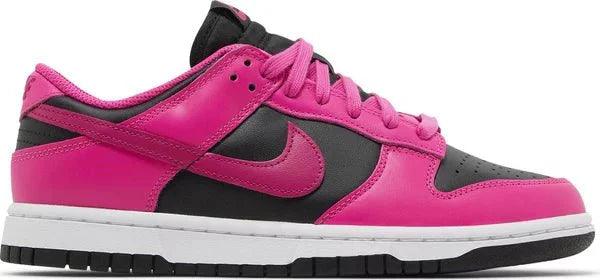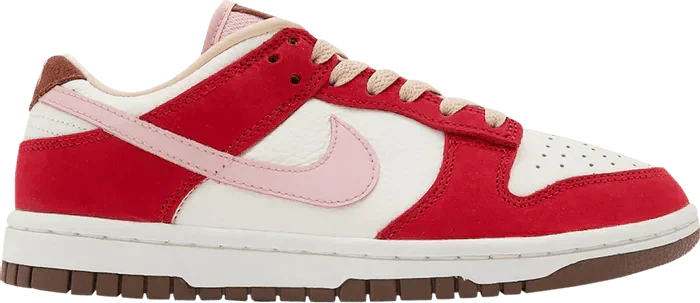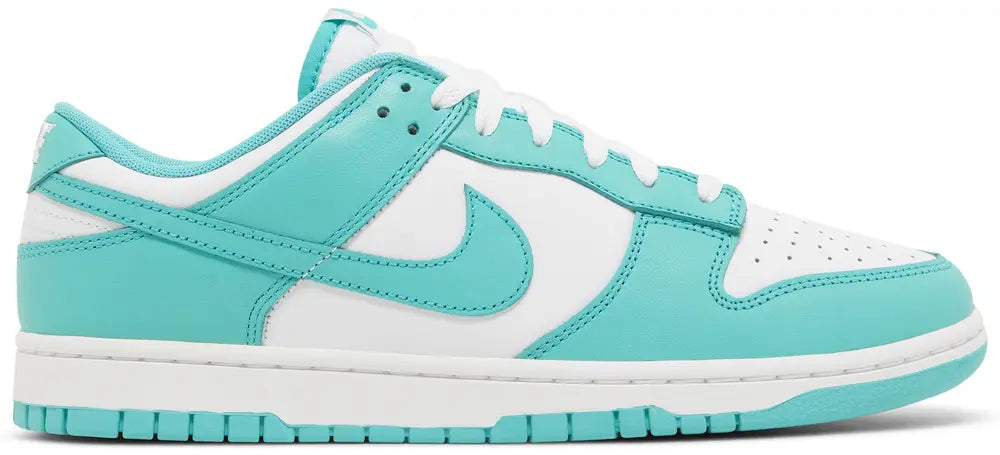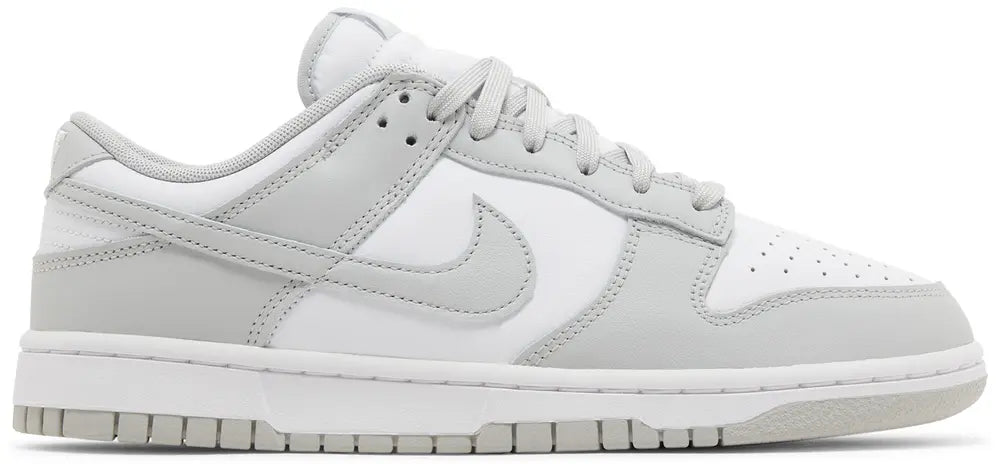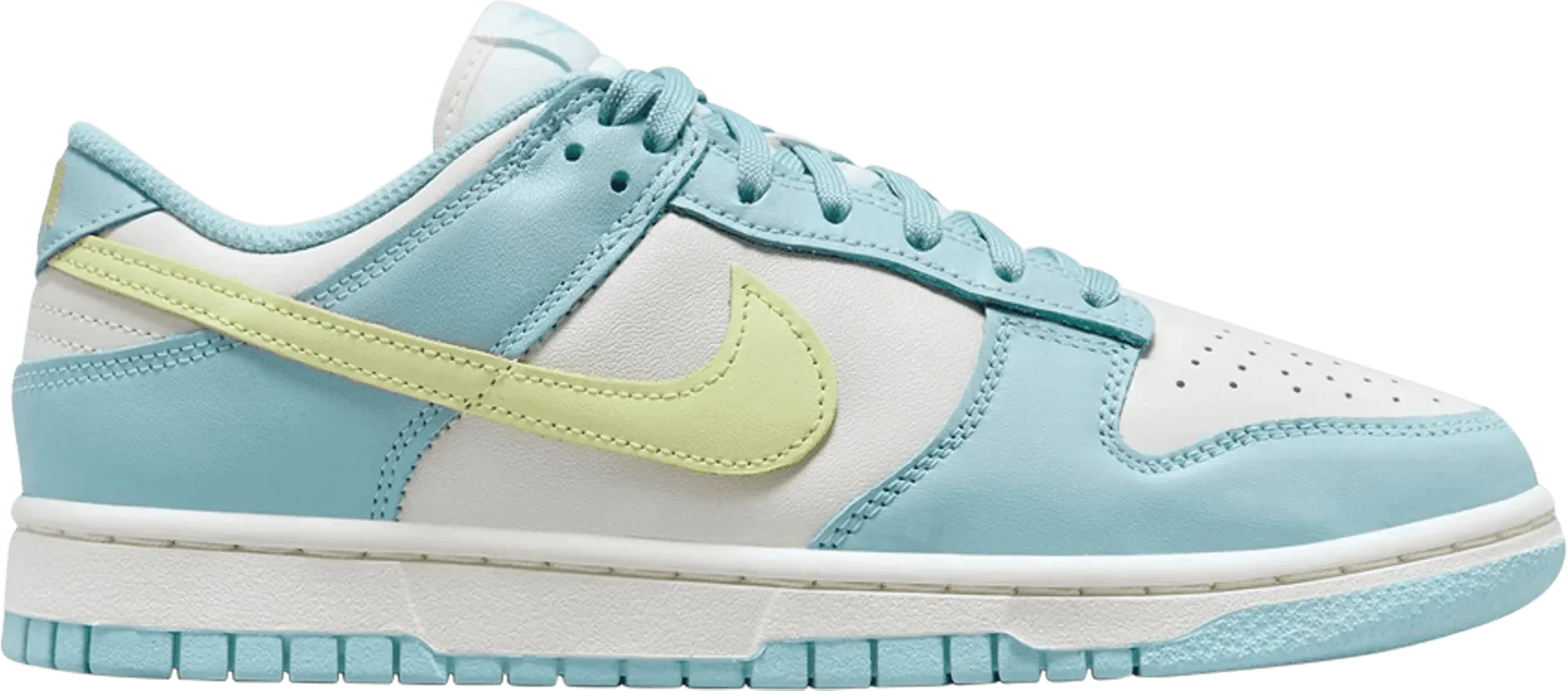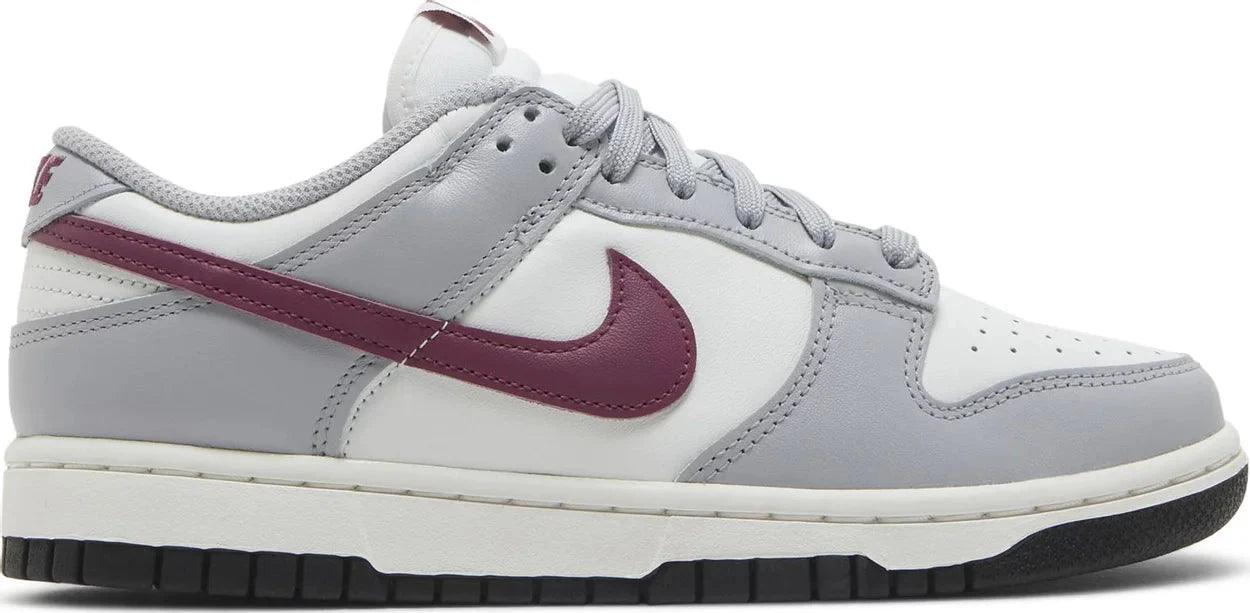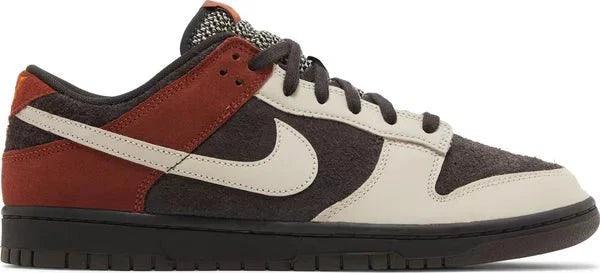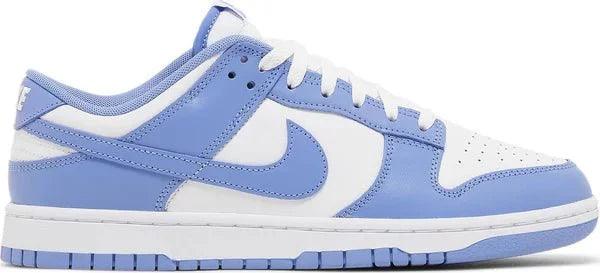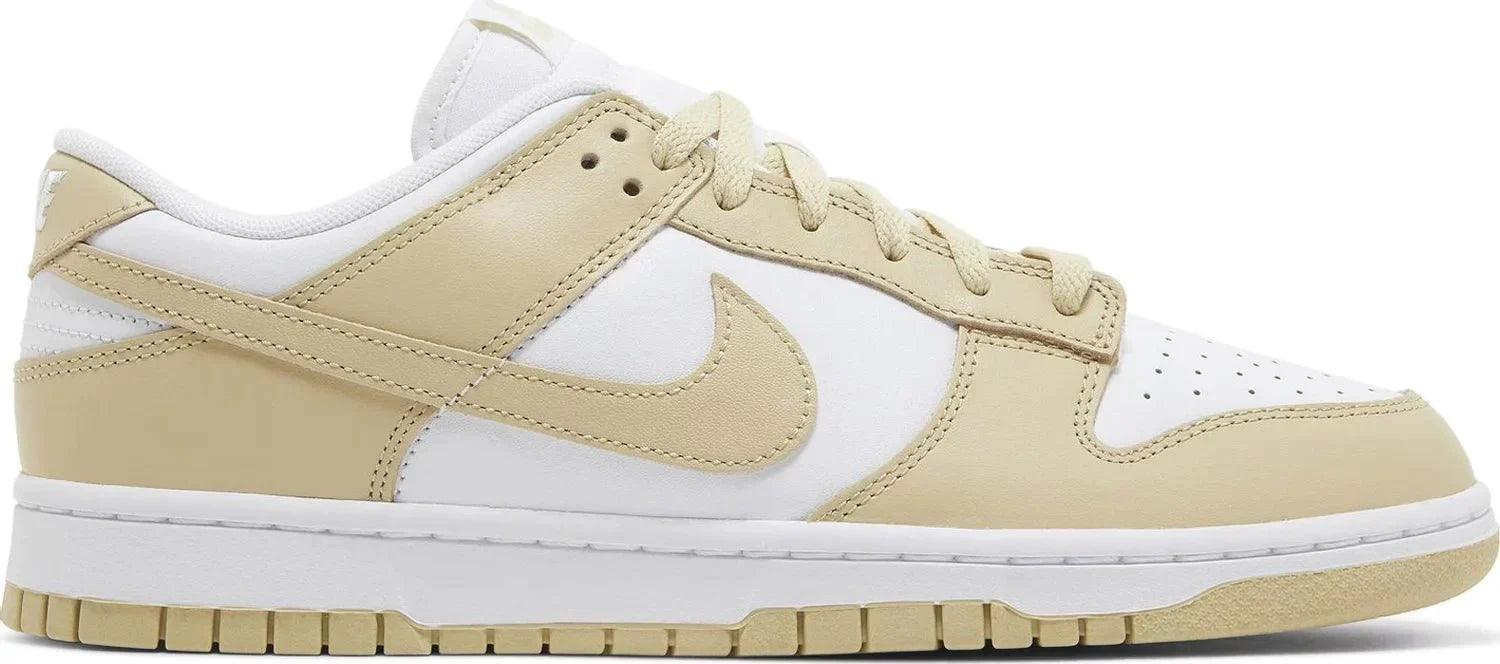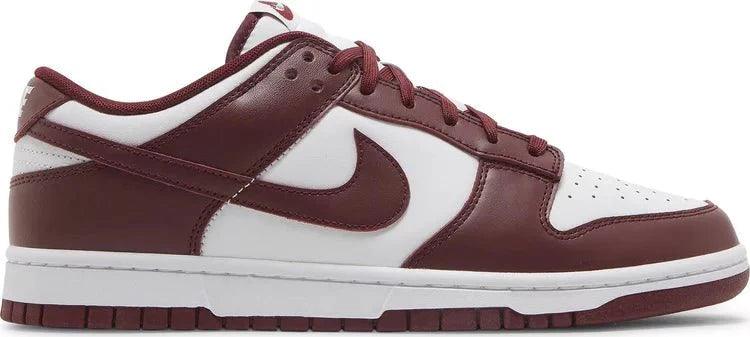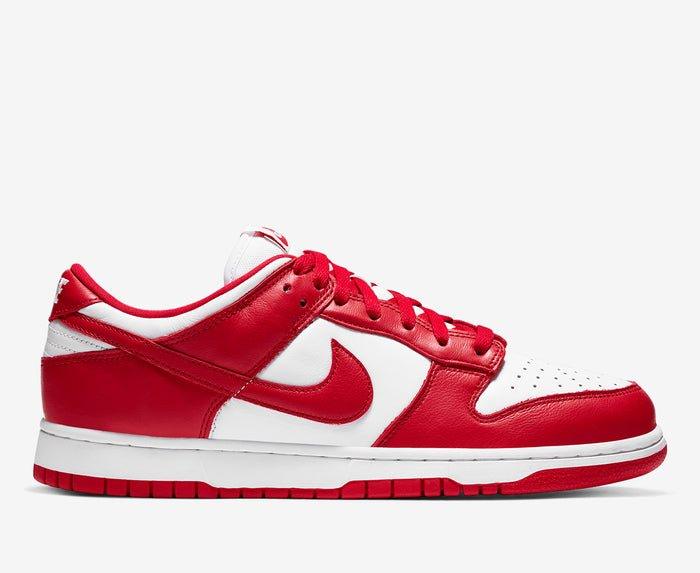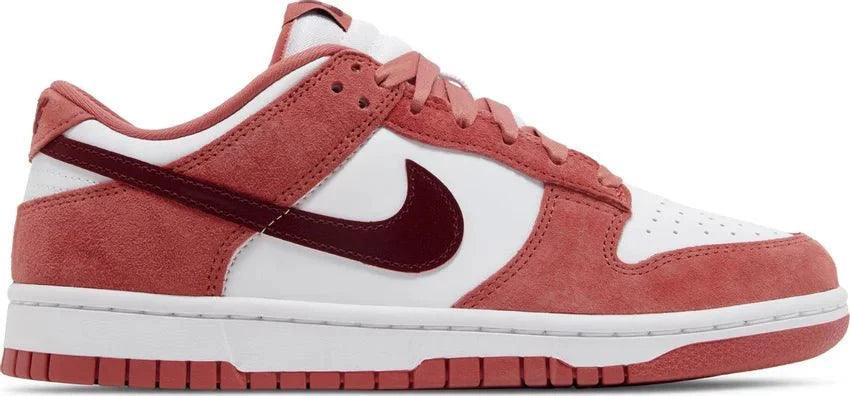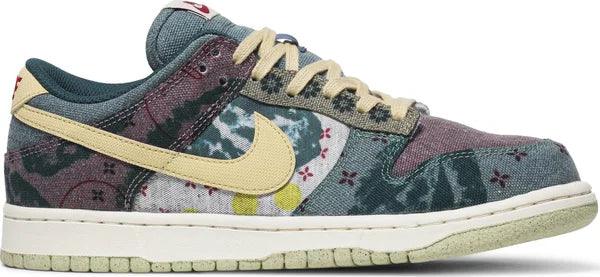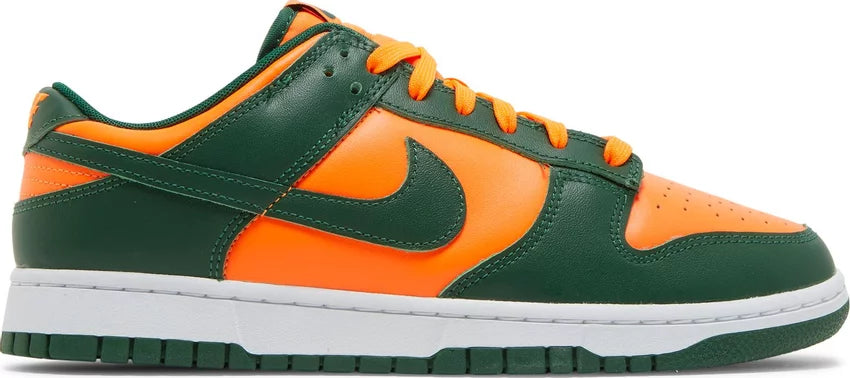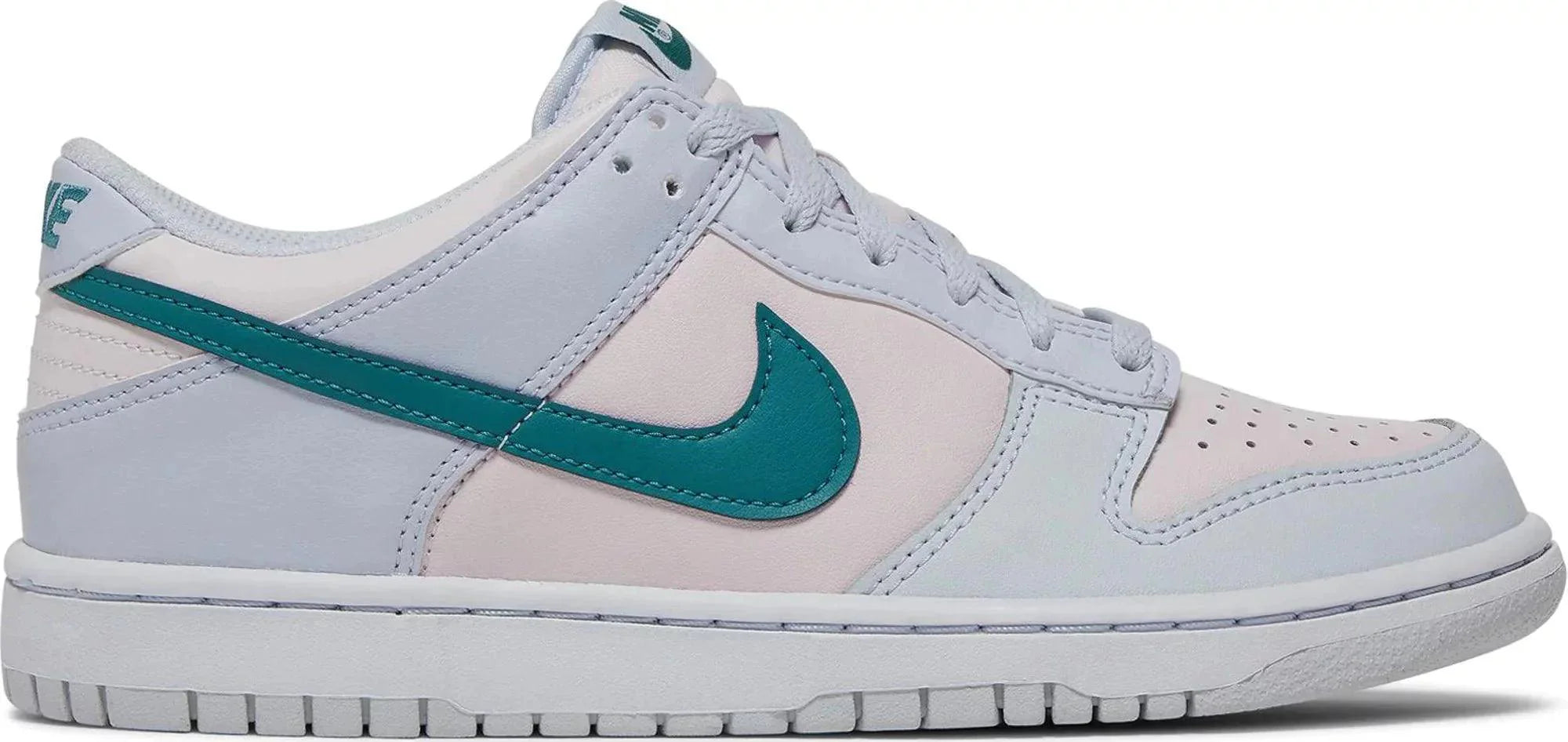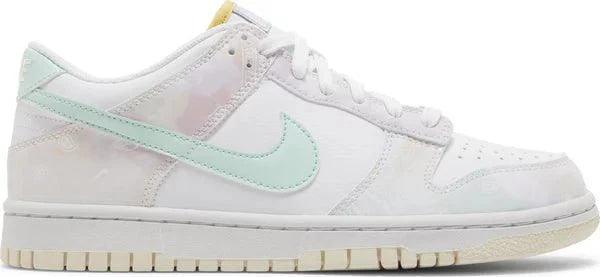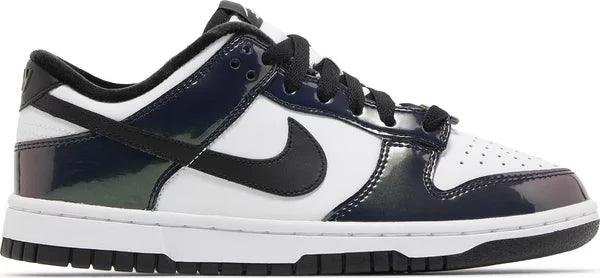- BLACK FRIDAY SALE
-
SNEAKERS
-
APPAREL
- SHOP ALL
- WINTER ESSENTIALS
-
BRANDS
- 3AM BREAKFAST
- BEARCARE
- BEAR MINIMUM
- BLACK SUITS YOU
- CHNKS
- CROQUIS
- EPIC CLO
- ERODE
- EVEMEN
- EVRHOOD
- FAVORI
- FETTI
- FIERCE LONDON
- FLYAF
- GAUDDLY
- GULLY LABS
- HAPPY SOCKS
- HELIOS
- HOUSE OF BRAHMA
- I'M HERE
- KHAAKI
- KISSR
- KNOTEAZY
- KNOTTY
- KOLORTHERAPI
- KREFLCT
- LOST EXIT
- LOVE LEGACY
- LUDIC
- LUMIÈRES
- MAISON DE FAUZDAR
- MAZE
- MD CUSTOMS
- MISSNG TILE
- NASO PROFUMI
- NATTY GARB
- ODD AFFAIR
- OUTDRIP
- GOD OF EMOTIONS
- RENEGADESS
- RESA
- RSF EYEWEAR
- RUENE
- RUSTLINES
- SADAKK
- SHADYGATORS
- SHAKKAR PAPA
- SLASH IN BRACKETS
- SNEAKER LAB
- SOCKSXPRESS
- STRANGE
- SUGGA
- SULLITT
- THAELY
- THE KHWAAB
- THE SEA HORSE
- VINDOF
- WAKE YOUR DREAM
- YB
- YOUNG GRANDPA
- T-SHIRTS
- SHIRTS
- TOPS
- JERSEYS
- HOODIES
- JACKETS
- PANTS
- JEANS
- CARGOS
- DRESSES
- HYPEWEAR
- BEAUTY
- ACCESSORIES
- SNEAKER CARE
-
BRANDS
- 3AM BREAKFAST
- ADIDAS
- BEARCARE
- BEAR MINIMUM
- BLACK SUITS YOU
- BROKEN PLANET
- CHNKS
- CROQUIS
- ERODE
- EPIC CLO
- EVEMEN
- EVRHOOD
- FAVORI
- FETTI
- FIERCE LONDON
- FLYAF
- GAUDDLY
- GULLY LABS
- HAPPY SOCKS
- HELIOS
- HOKA
- HOUSE OF BRAHMA
- I'M HERE
- KHAAKI
- KISSR
- KNOTEAZY
- KNOTTY
- KOLORTHERAPI
- KRELFCT
- LOST EXIT
- LOVE LEGACY
- LUDIC
- LUMIÈRES
- MICHEAL KORS
- MAISON DE FAUZDAR
- MAZE
- MD CUSTOMS
- MISSNG TILE
- NASO PROFUMI
- NATTY GARB
- NEW ERA
- NIKE
- ODD AFFAIR
- OUTDRIP
- GOD OF EMOTIONS
- RENEGADESS
- RESA
- RSF EYEWEAR
- RUENE
- RUSTLINES
- SADAKK
- SHADYGATORS
- SHAKKAR PAPA
- SLASH IN BRACKETS
- SNEAKER LAB
- SOCKSXPRESS
- STANLEY
- STRANGE
- STUSSY
- SUGGA
- SULLITT
- THAELY
- THE KHWAAB
- THE SEA HORSE
- VINDOF
- WAKE YOUR DREAM
- YB
- YOUNG GRANDPA
- CONTACT



